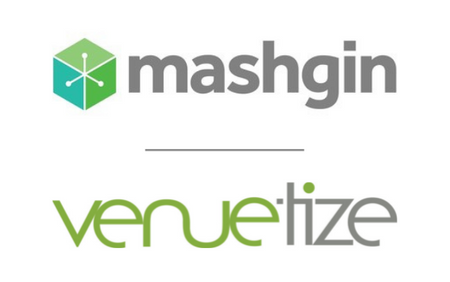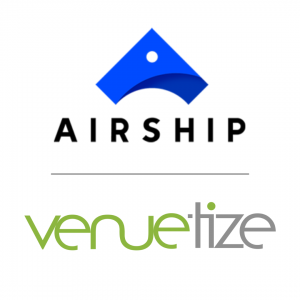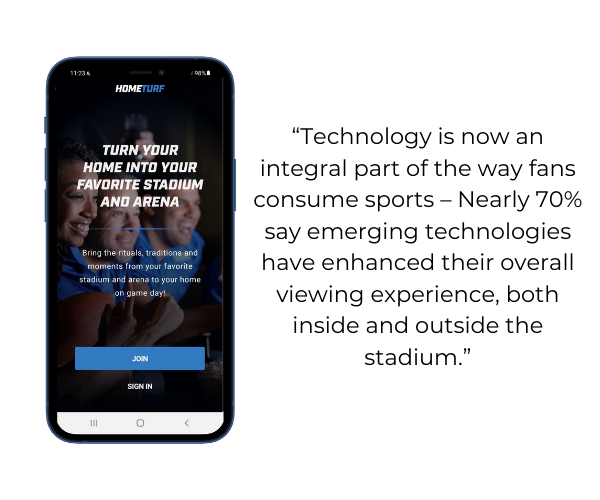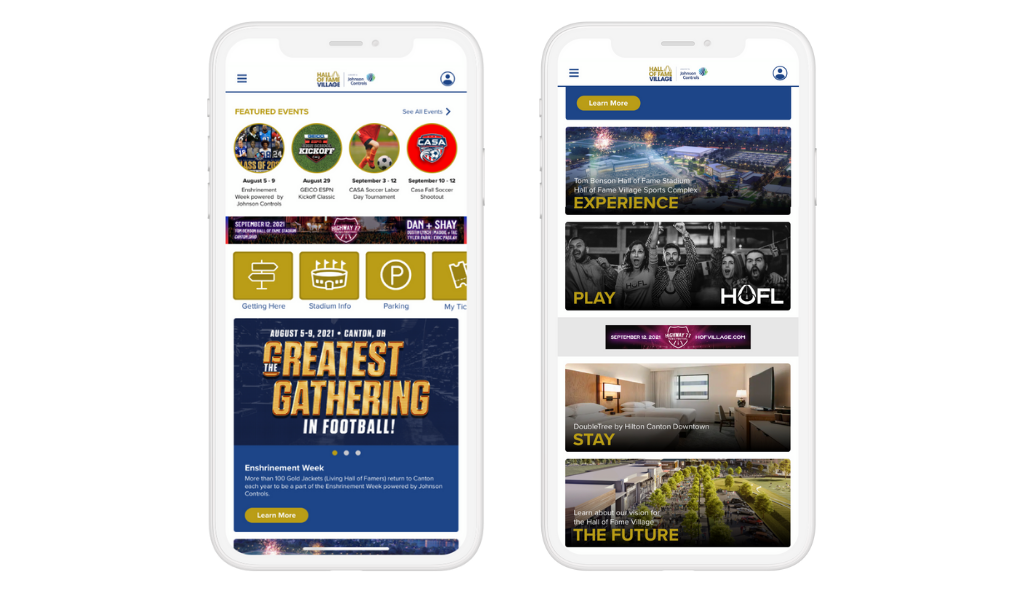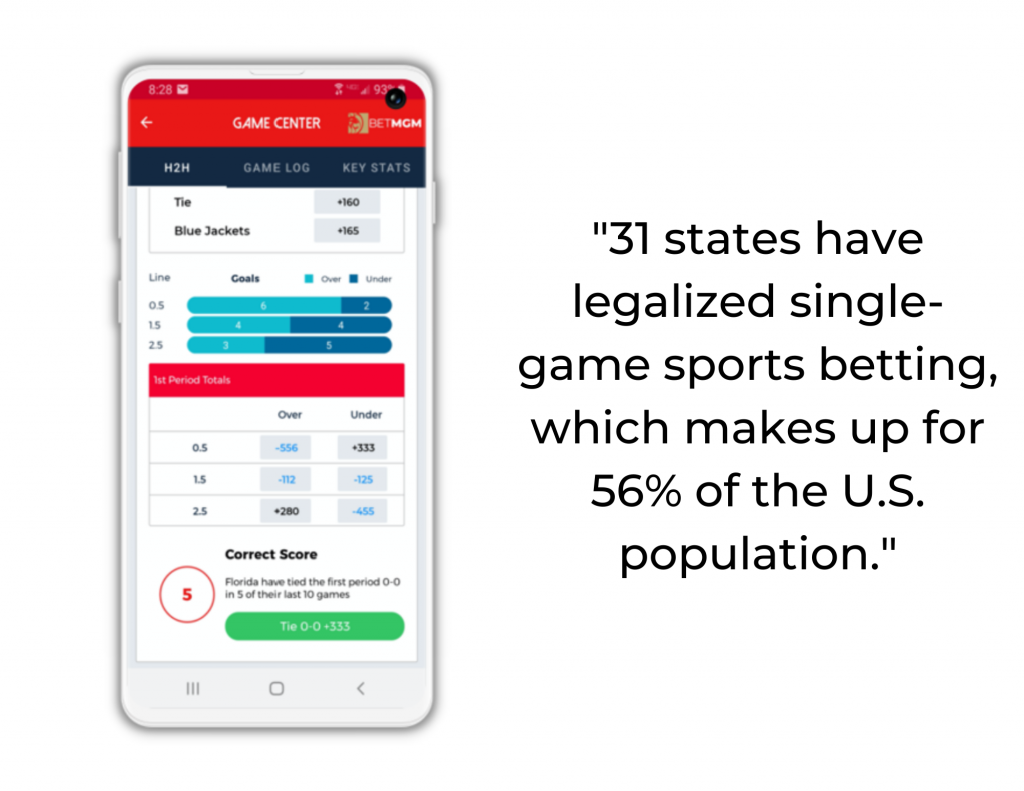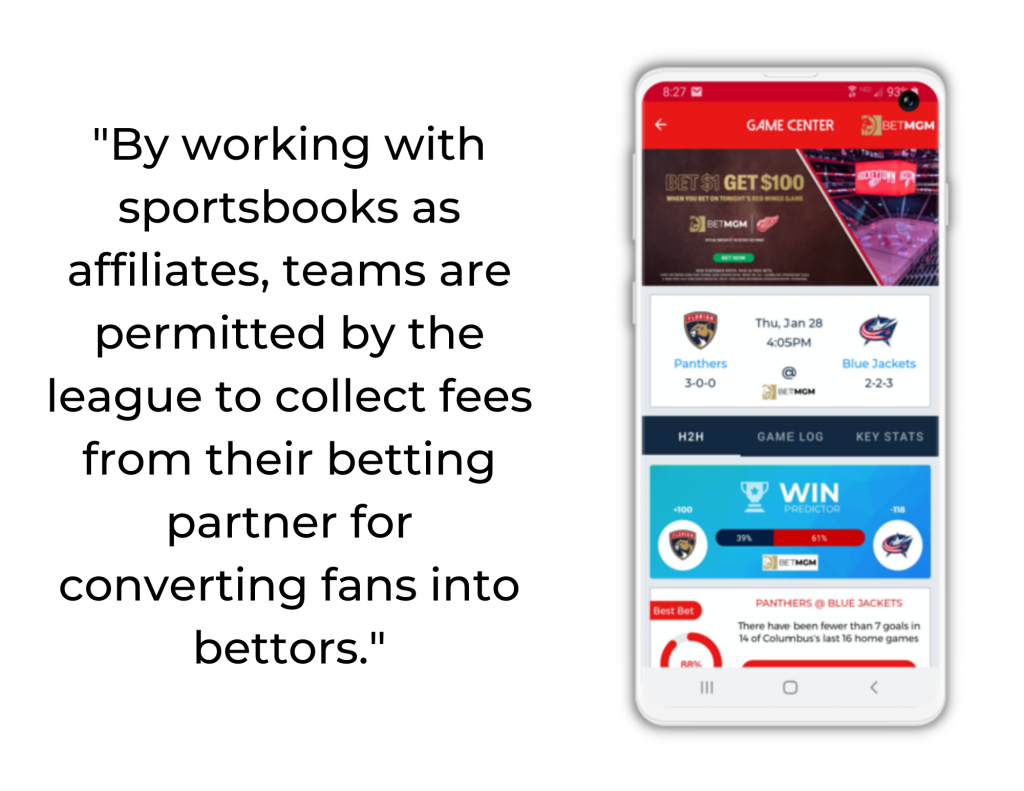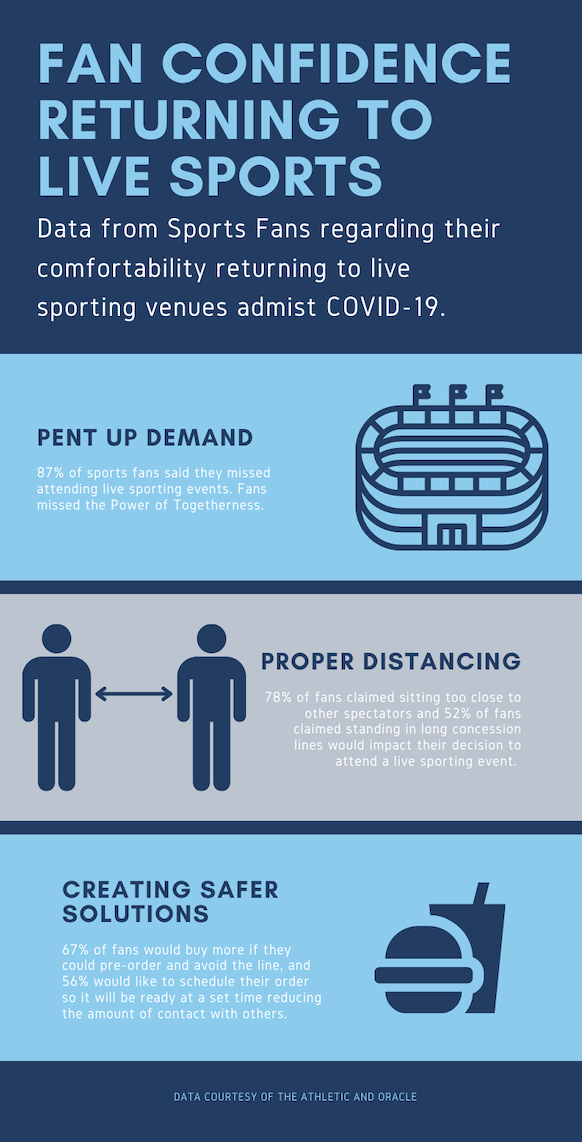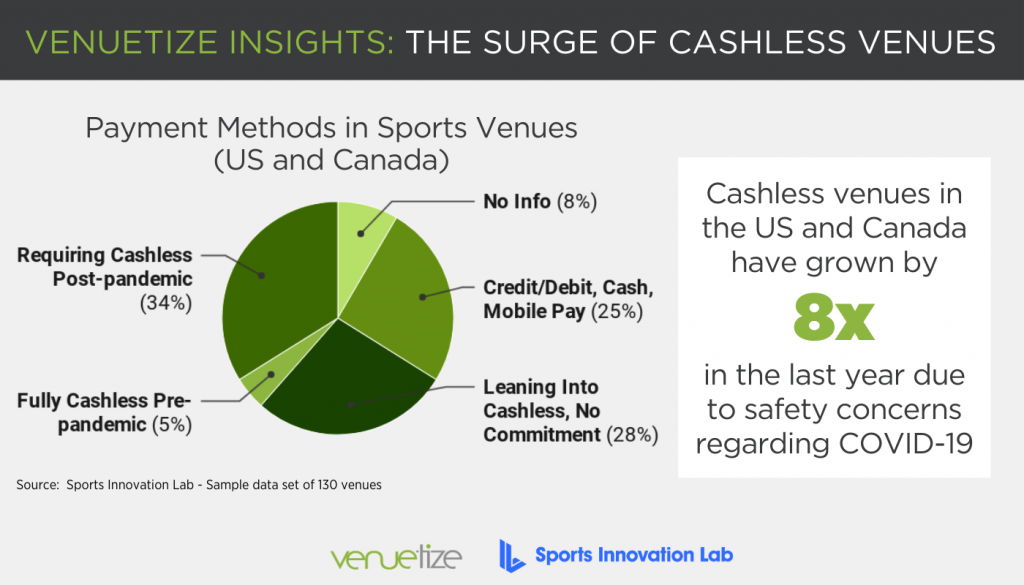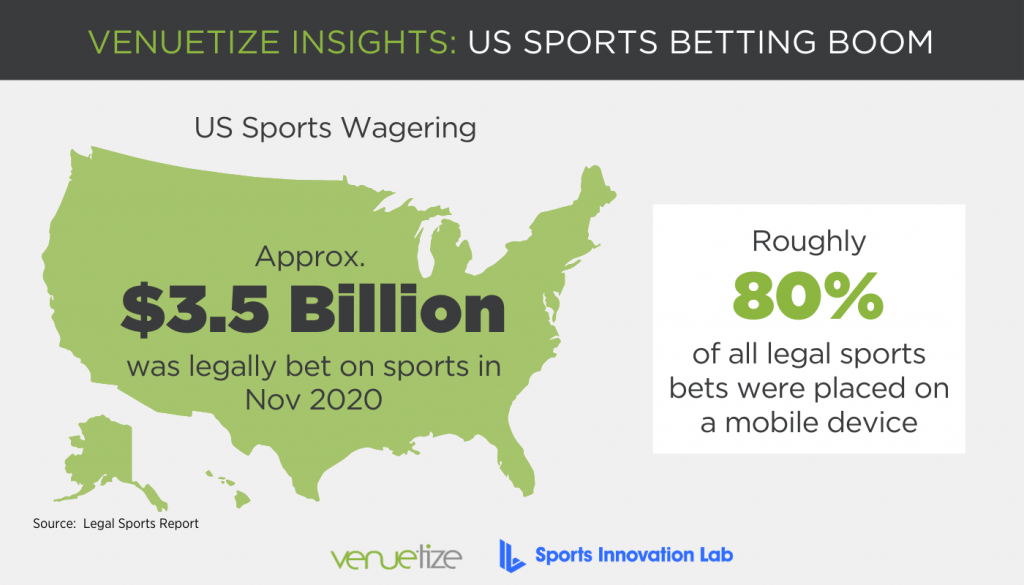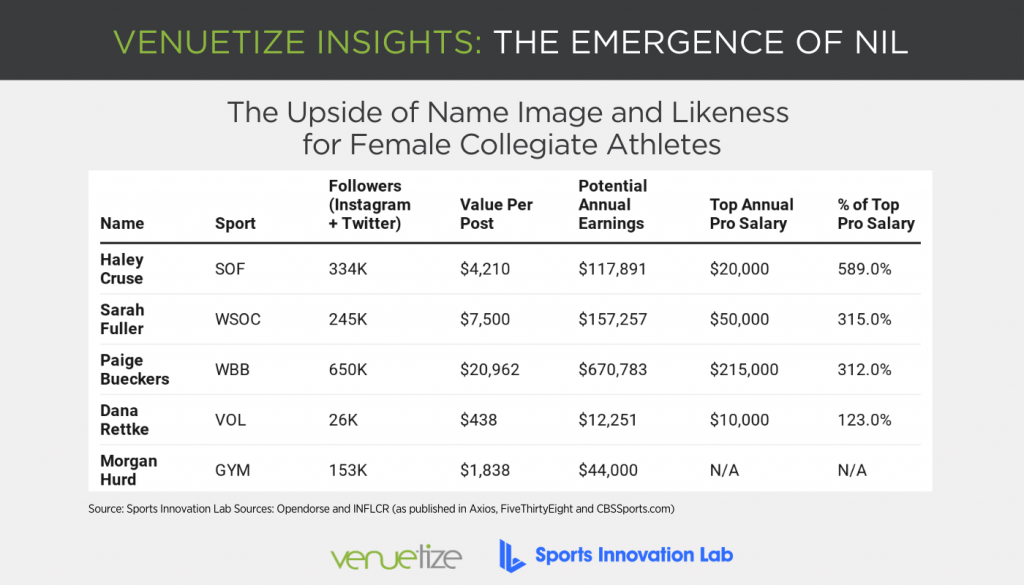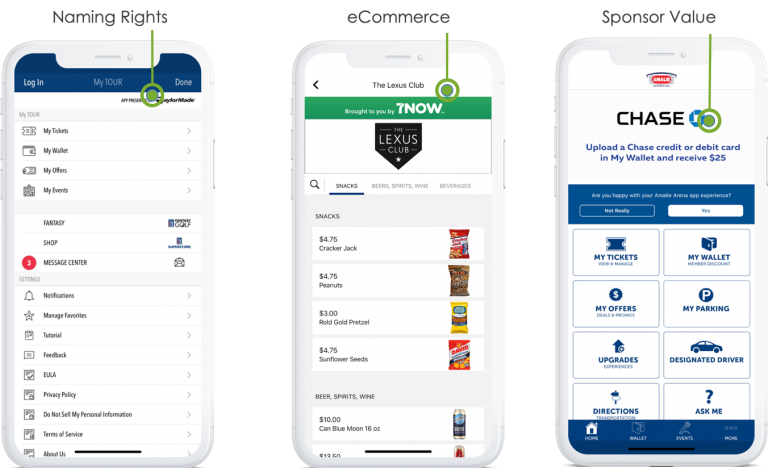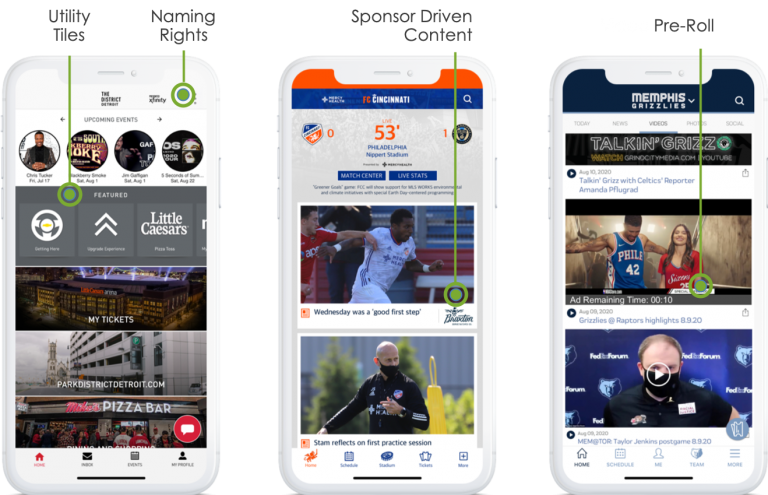Mobile applications are continuously evolving. Initially, mobile applications were too primitive, lacking UI flexibility and UX vision. As mobile applications started to advance, developers began thinking about reusable products or components, cookie cutter applications, and one-time applications, this led to an increased focus on UI and UX.
What is Needed in a Mobile App? This question is very generic and broad, but there are a lot of underlying factors to be considered.
An Open Mind to Embrace Change
Be it adopting to new technologies or an integration that might need research and analysis, every company should be ready for change. It could be the way in which clients are presented with the sales pitch, or the handling of a global crisis like COVID-19, or productizing a new idea - we need to continuously think of innovative solutions.
UI and UX
I would like to give credit to our Creative Services Director, he explains the importance of UI and UX to our clients’ which makes a huge impact on development. Starting with the basics, usage of consistent brand elements like color, shape, and gradients from a client’s marketing catalogue is key. Collaborating with clients on the design dash and collecting their feedback as a user group generates lots of ideas and clarifications that will strengthen the application.
Touchpoint Identification
Creating entry points to features in an application is no simple task. You need to identify where the feature is placed in the app and on which screen. It also matters how many touch points the user must take before ending up on the desired screen. The fewer touch points to open a feature and the quicker you get a user to engage, the better. For example, an ecommerce application should quickly drive the user to checkout as soon as the user is ready to pay, if there are too many touch points, the user may either get confused or backout.
Usage Stats (Buildfire, Buildfire, n.d.)
- 21% of Millennials open an app 50+ times a day
- 49% of people open an app 11+ times a day
- Average smartphone users use 10 apps per day and 30 apps each month
App Distribution
Most mobile applications are published to the Apple App Store or the Google Play Store. The Apple App Store holds the app submission for review as they analyze important API’s and features, and request explanations when needed. In early 2021, the Google Play Store started following Apple’s footsteps and tightened their review process for app submission. The review process and unexpected delays must be considered when generating timelines for project management.
App Store Stats (Buildfire, n.d.)
- The Apple App Store has 1.96 million apps available for download
- The Google Play Store has 2.87 million apps available for download
The number of app downloads worldwide has continued to increase over the years.
Image Source (Statista, n.d.)
